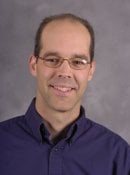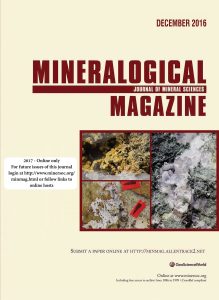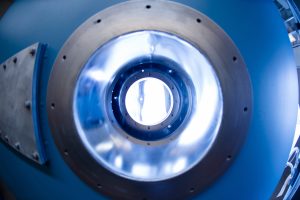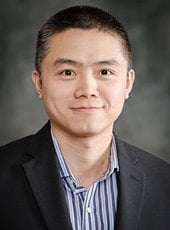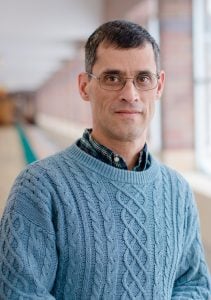 Michigan Tech Magazine “Research” has released its 2017 issue detailing the recent discovery of Merelaniite by Dr. John Jaszczak and his team; with the article Meet the Minerals.
Michigan Tech Magazine “Research” has released its 2017 issue detailing the recent discovery of Merelaniite by Dr. John Jaszczak and his team; with the article Meet the Minerals.
Merelaniite has a unique geometry made up of tiny whiskers of graphite-like spires extracted from the crooks of an albandanite crystal.
